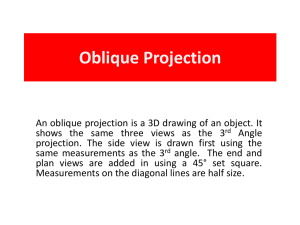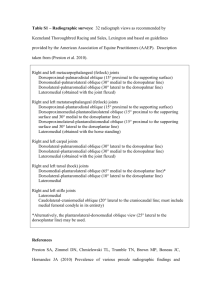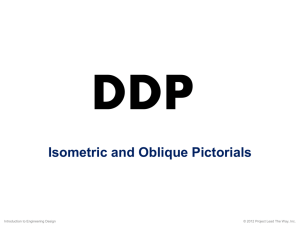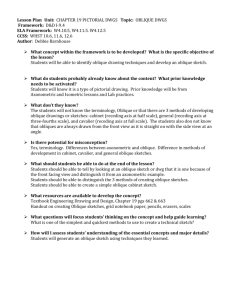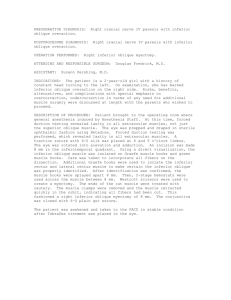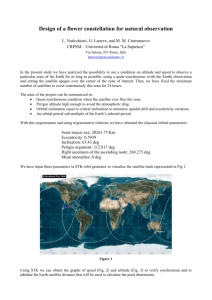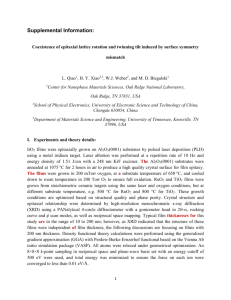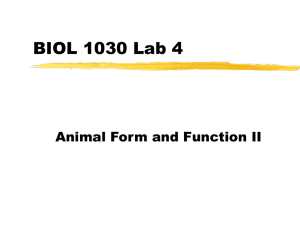Supplementary Materials
advertisement
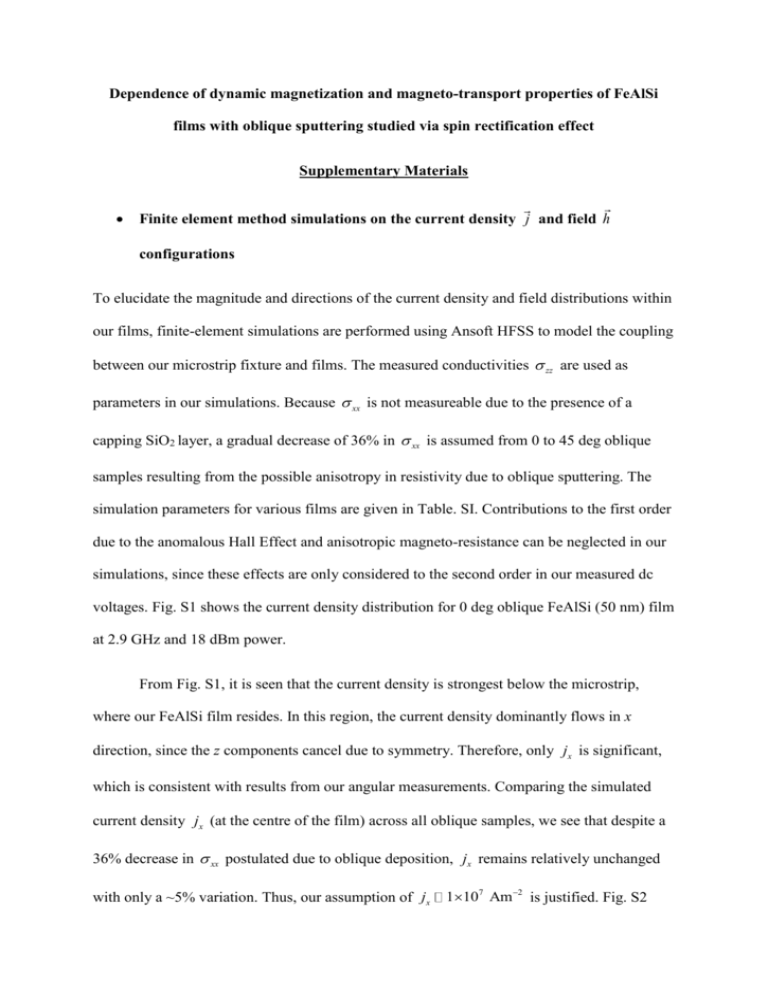
Dependence of dynamic magnetization and magneto-transport properties of FeAlSi films with oblique sputtering studied via spin rectification effect Supplementary Materials Finite element method simulations on the current density j and field h configurations To elucidate the magnitude and directions of the current density and field distributions within our films, finite-element simulations are performed using Ansoft HFSS to model the coupling between our microstrip fixture and films. The measured conductivities zz are used as parameters in our simulations. Because xx is not measureable due to the presence of a capping SiO2 layer, a gradual decrease of 36% in xx is assumed from 0 to 45 deg oblique samples resulting from the possible anisotropy in resistivity due to oblique sputtering. The simulation parameters for various films are given in Table. SI. Contributions to the first order due to the anomalous Hall Effect and anisotropic magneto-resistance can be neglected in our simulations, since these effects are only considered to the second order in our measured dc voltages. Fig. S1 shows the current density distribution for 0 deg oblique FeAlSi (50 nm) film at 2.9 GHz and 18 dBm power. From Fig. S1, it is seen that the current density is strongest below the microstrip, where our FeAlSi film resides. In this region, the current density dominantly flows in x direction, since the z components cancel due to symmetry. Therefore, only jx is significant, which is consistent with results from our angular measurements. Comparing the simulated current density jx (at the centre of the film) across all oblique samples, we see that despite a 36% decrease in xx postulated due to oblique deposition, jx remains relatively unchanged with only a ~5% variation. Thus, our assumption of jx 1107 Am 2 is justified. Fig. S2 shows the simulated microwave magnetic field h distribution within the sample. Clearly, the dominant contribution of h lies in the z-direction, with magnitudes which are consistent with our experimental determination via FMR experiments performed with a Vector Network Analyzer. Oblique angle (deg) zz ( 105 1m 1 ) xx ( 105 1m 1 ) jx ( 107 Am 2 ) 0 6.48 6.48 1.65 17 6.48 6.09 1.63 27 6.07 5.70 1.55 39 6.48 5.32 1.57 42 5.85 4.93 1.47 45 6.40 4.54 1.49 Table SI. Simulation parameters and simulated microwave current magnitude j x at the centre of the film. Fig. S1. Direction (arrows) and magnitude (colour scale) of the current density distributions for the 0 deg oblique FeAlSi film, as seen from top view. Fig. S2. Direction (arrows) and magnitude (colour scale) of the microwave magnetic field distributions for 0 deg oblique FeAlSi film, as seen from top view. X-Ray Diffraction (XRD) results for various obliquely-sputtered FeAlSi (50 nm) films To quantify the structural changes due to oblique deposition, we performed XRD 2-Theta scans for various oblique samples. As evidenced in Fig. S3 below, a shift of the (200) peak is seen with increasing oblique angles, indicating that the lattice spacing is increased from 2.0100 to 2.0177 angstroms as oblique angle increases from 0 to 45 deg. Fig. S3. XRD 2-Theta scan results for various obliquely-deposited FeAlSi films, showing a shift in the (200) peak.
